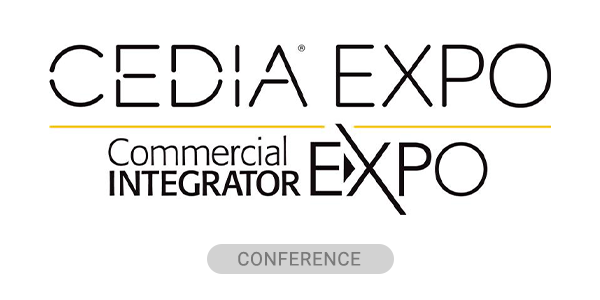Having chronicled display technologies for more than four decades, suffice it to say that I have seen (pun intended) a lot. There has been constant change and continuing evolution. Usually, change follows the old adage of “necessity being the mother of invention.”
However, with the most recent developments in microLED, that is not totally the case. This falls under natural progression, and (most significantly) the need for manufacturers to have something “new” to tout. Examples of this would be the migration from 1080P to 4K, and then the attempts to gain acceptance of 8K.
The Category of ‘Necessity’
LED displays fall under the category of “necessity” to a large extent. These displays address several problems with other display technologies, and they raise the bar with applications. LED provides a seamless experience, with nearly unlimited sizes and shapes. With various pixel pitches, LED can be matched to viewing distances and budgets. In terms of image performance, it has deep color saturation, high contrast and high brightness options suitable for outdoor use.
What is not necessary for most commercial AV applications is a pixel pitch below 1mm, down to 0.7mm or below. Human visual acuity and viewing distances are the mitigating factors. Where microLED might currently have relevance is in large consumer displays above 100 inches. But for displays 100 inches or under, we currently find this in direct competition with LCD, QLED and OLED, which are mature technologies that offer high resolution and HDR capabilities, and which are quite affordable (relatively speaking). New for the sake of new is an overused marketing ploy — not a justification to abandon what already works. Nevertheless, as with (attempts at) 8K display acceptance, some will still proceed.
To illustrate what’s to come, let’s explore what is going on in the world of displays via the recent SID Display Week 2025. This is a symposium that showcases leading-edge display developments in process, featuring presentations by scientists and engineers focused on the future of displays.
microLED emerged as a key focus for many display companies. These key players continued to advance the performance of microLED technology, extending its applications from medium-sized and large-sized displays to automotive displays and near-eye displays, expanding what microLED technology can achieve.
The experts at Futuresource state that “microLED technology is evolving rapidly toward mass production and economies of scale. In the next several years, microLED will disrupt the global flatpanel display marketplace by delivering significantly better image quality and longer lifetime at comparable average selling prices (ASPs).”
Select microLED Highlights
I selected a few Display Week microLED highlights that will impact commercial AV. Let’s consider each in turn:
- Innovision introduced its Vertical Stacked Pixel technology to overcome the technical bottleneck of traditional microLED pixel miniaturization, leading to significant improvements in performance and yield, as well as reduced production costs.
- AUO revealed a 127-inch-diagonal display, consisting of 42-inch module boards. This is expected to enter into mass production by late 2025, promising higher yields, increased output and lower cost.
- Innolux presented a 101-inch, 0.5mm-pixel-pitch color-conversion microLED freely spliced display wall. It incorporates a proprietary color-conversion technology, LED chip-on-TFT-glass (COG) mass transfer and repair technology, and innovative splicing and surface-treatment techniques. The modular system supports ultra-large display applications, ranging from 25.4 inches up to 204 inches.
- TCL CSOT presented the world’s smallest silicon-based microLED display (0.05 inches), offering an ultra-high resolution with 5,080 PPI. The company also showed a large-format display, a 219-inch 5760×1440 120Hz tiled display, featuring an ultra-high contrast. By leveraging pixel-level uniformity calibration, factory color calibration, and color-tuning technology and modular-splicing capability, it can be configured into infinitely large displays for large-scale scenarios.
- Vistar Display introduced the world’s first 88-inch, 0.5mm-pixel-pitch, TFT-based microLED transparent display. Utilizing micron-level LED chips and a high-aperture-ratio transparent TFT substrate, the display achieves a single-panel transmittance of 72% and brightness up to 3,000 nits. Meanwhile, it supports unlimited modular splicing.
Significant Advancements in Performance
There’s no doubt that microLED technology is showing significant advancements in performance and application boundaries. Display companies are accelerating the maturity of microLED technologies, improving yield and lowering costs. In the future, with the involvement of more industry giants and additional capital infusion, along with continued research, microLED technology will see further refinement and development. This may well bring the era of microLED even closer. With a few hundred companies now working in this area, it’s time to get used to microLED — whether you really need it or not.
For those who want a deep dive into displays, I highly recommend a recent report written by Dave Haynes of 16:9 fame. It is entitled Future Displays, and it explores the display technology landscape of today and tomorrow. Moreover, it includes my segment, which describes what each type of LED is and the differences among them.
Alan C. Brawn, CTS, DSCE, DSDE, DSNE, DCME, DSSP, ISF-C, is principal at Brawn Consulting.




